Home>Gardening & Outdoor>Landscaping Ideas>How Long After Weed Killer To Plant Grass Seed
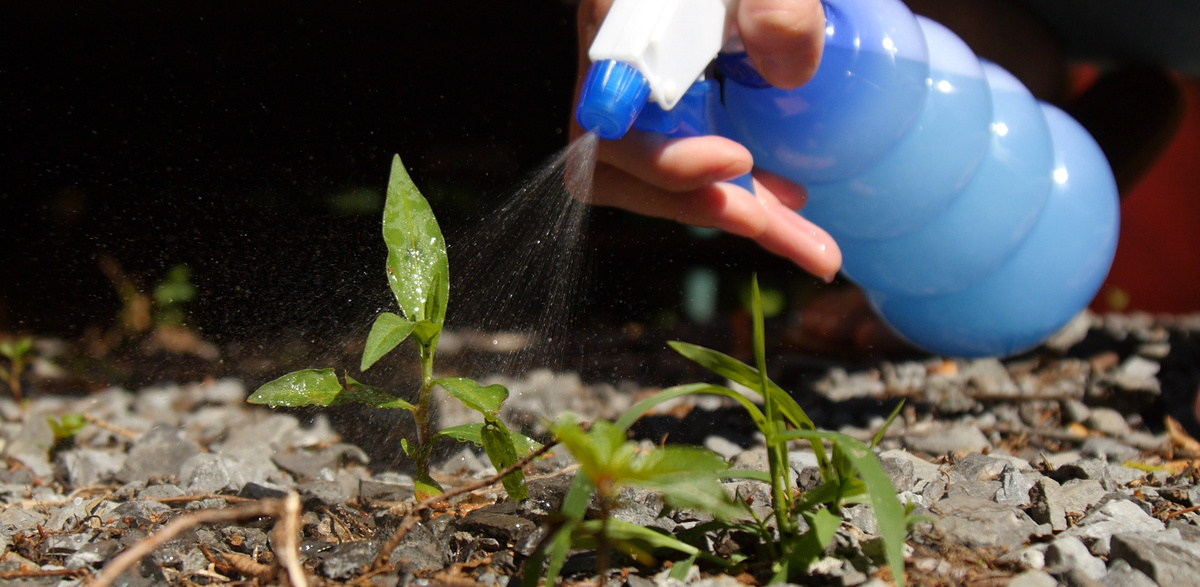

Landscaping Ideas
How Long After Weed Killer To Plant Grass Seed
Modified: March 21, 2024
Find the best landscaping ideas for planting grass seed after using weed killer. Learn how long to wait and get a lush, healthy lawn.
(Many of the links in this article redirect to a specific reviewed product. Your purchase of these products through affiliate links helps to generate commission for Storables.com, at no extra cost. Learn more)
Introduction
So, you've just eradicated those pesky weeds from your lawn using weed killer, and now you're eager to restore the lush green carpet of grass. However, you might be wondering, "How long after weed killer can I plant grass seed?" This is a common concern among homeowners who want to rejuvenate their lawns without compromising the effectiveness of the weed killer or the germination of the new grass seed.
Understanding the timing involved in planting grass seed after applying weed killer is crucial for achieving a thriving lawn. In this comprehensive guide, we will delve into the residual effects of weed killer, the factors that influence its persistence in the soil, and the optimal timeline for seeding your lawn post-weed killer application. Additionally, we will provide valuable tips to ensure the successful establishment of new grass despite the prior use of weed killer.
By the end of this article, you will be equipped with the knowledge and insights needed to navigate the intricate process of planting grass seed after using weed killer, empowering you to transform your lawn into a verdant oasis of beauty and vitality. So, let's embark on this enlightening journey and unravel the mysteries of timing and technique in lawn care.
Key Takeaways:
- After using weed killer, wait for the recommended period before planting grass seed. Consider the type of herbicide, environmental conditions, and grass seed compatibility for successful germination.
- To ensure successful grass seeding after weed killer application, choose resilient grass varieties, prepare the soil, monitor environmental conditions, and follow proper seeding practices. With careful planning, your lawn can thrive.
Understanding Weed Killer Residual Effects
Weed killers, also known as herbicides, are formulated to eliminate unwanted vegetation, including weeds, by disrupting essential physiological processes within the plants. These products contain active ingredients that target specific plant functions, such as photosynthesis or cell growth, leading to the demise of the targeted plants.
After applying weed killer to your lawn, the residual effects of the product refer to the duration during which it remains active in the soil, potentially affecting the germination and growth of new plants, including grass seed. The persistence of weed killer can vary significantly depending on the specific type of herbicide used, its formulation, and environmental factors.
It’s important to recognize that different herbicides exhibit varying residual effects. For instance, some weed killers break down relatively quickly in the soil, allowing for prompt reseeding, while others may linger for an extended period, necessitating a more cautious approach to planting grass seed.
Understanding the residual effects of the weed killer you’ve applied is essential for making informed decisions about the timing of grass seeding. By gaining insights into the properties and behavior of the herbicide, you can mitigate the potential risks of interference with grass seed germination and establishment, ultimately fostering a thriving and resilient lawn.
As we delve deeper into this exploration of weed killer residual effects, we will uncover the critical factors influencing the duration of its persistence in the soil, shedding light on the intricacies of post-weed killer lawn care.
Factors Affecting Weed Killer Residual Effects
The residual effects of weed killer are influenced by a multitude of factors, each playing a pivotal role in determining the duration of its persistence in the soil. Understanding these influential factors is crucial for gauging the impact of the herbicide on the germination and growth of grass seed. Let’s explore the key elements that shape the residual effects of weed killer:
- Type of Herbicide: Different herbicides exhibit varying degrees of persistence in the soil. Pre-emergent herbicides, designed to prevent weed seeds from germinating, often have longer residual effects compared to post-emergent herbicides, which target existing weeds. It’s essential to identify the specific type of herbicide you’ve used and research its residual characteristics.
- Formulation: The formulation of the weed killer, including its concentration and chemical structure, influences its behavior in the soil. Some formulations break down more rapidly, allowing for quicker dissipation of residual effects, while others may persist for an extended period, impacting subsequent plant growth.
- Environmental Conditions: Environmental factors such as temperature, moisture levels, and soil composition can significantly affect the degradation of weed killer in the soil. Warmer temperatures and adequate moisture generally facilitate the breakdown of herbicides, whereas prolonged dry spells or extreme temperatures may prolong their residual effects.
- Application Rate and Method: The rate at which the herbicide was applied and the method of application can influence its distribution and penetration in the soil. Higher application rates or improper application techniques may result in deeper penetration and prolonged residual effects, potentially impeding grass seed germination.
- Soil Microbial Activity: The presence and activity of soil microorganisms play a crucial role in the degradation of herbicides. Microbial processes can contribute to the breakdown of weed killer compounds, ultimately reducing their residual effects. Factors such as soil health and microbial diversity can impact this degradation process.
By considering these influential factors, you can gain a deeper understanding of the dynamics shaping the residual effects of weed killer in your lawn. Armed with this knowledge, you’ll be better equipped to determine the optimal timing for planting grass seed after weed killer application, ensuring favorable conditions for successful germination and establishment.
Wait at least 2-4 weeks after applying weed killer before planting grass seed. This allows the chemicals to break down and reduces the risk of the new grass being affected.
How Long to Wait Before Planting Grass Seed
After applying weed killer to your lawn, the critical question arises: how long should you wait before planting grass seed to ensure optimal germination and establishment? The answer hinges on various factors, including the type of herbicide used, environmental conditions, and the specific requirements of the grass seed you intend to sow.
It’s essential to consult the product label or instructions provided by the manufacturer of the weed killer. These guidelines often contain valuable information regarding the recommended waiting period before seeding the treated area. Additionally, understanding the residual characteristics of the herbicide and assessing the prevailing environmental conditions can help determine the ideal waiting time.
As a general rule of thumb, the waiting period before planting grass seed after applying weed killer can range from a few weeks to several months, depending on the following considerations:
- Type of Herbicide: Different herbicides have varying residual effects, influencing the duration of waiting time before planting grass seed. Pre-emergent herbicides typically require a longer waiting period compared to post-emergent herbicides, as they are designed to inhibit seed germination, including that of grass seed.
- Environmental Conditions: Factors such as temperature, moisture levels, and soil composition can impact the degradation and dissipation of the herbicide in the soil. Favorable environmental conditions, including moderate temperatures and adequate moisture, can expedite the breakdown of the weed killer, potentially shortening the waiting period.
- Grass Seed Compatibility: Different grass species and cultivars may have specific tolerance levels to residual herbicides. It’s advisable to select grass seed varieties that are compatible with the type of weed killer used, minimizing the risk of interference with germination and early growth.
Ultimately, the optimal waiting time before planting grass seed after weed killer application is contingent upon a comprehensive assessment of the aforementioned factors, coupled with adherence to the guidelines provided by the herbicide manufacturer. By carefully evaluating these considerations, you can make informed decisions regarding the timing of grass seeding, maximizing the chances of successful establishment and the rejuvenation of your lawn.
Tips for Successful Grass Seeding After Weed Killer Application
Embarking on the journey of grass seeding after applying weed killer requires strategic planning and meticulous execution to ensure the successful establishment of new grass in your lawn. By incorporating the following tips into your lawn care regimen, you can optimize the conditions for grass seed germination and growth, mitigating the potential impact of residual herbicides and fostering a vibrant and resilient lawn:
- Thoroughly Assess Residual Effects: Gain a comprehensive understanding of the residual characteristics of the weed killer used, including the waiting period recommended before planting grass seed. Consult the product label and seek guidance from the manufacturer to make informed decisions about the timing of grass seeding.
- Choose Resilient Grass Varieties: Select grass seed varieties known for their resilience and adaptability to diverse environmental conditions. Consider factors such as local climate, soil type, and sun exposure to identify grass species and cultivars that are well-suited for your lawn.
- Prepare the Soil Adequately: Prior to seeding, ensure that the soil is well-prepared to provide an optimal environment for grass seed germination. This may involve loosening compacted soil, addressing drainage issues, and incorporating organic matter to enhance soil fertility.
- Monitor Environmental Conditions: Keep a close eye on the prevailing environmental factors, such as temperature and moisture levels, to identify favorable windows for grass seeding. Aim to seed during periods of moderate temperatures and adequate moisture to support germination and early growth.
- Consider Overseeding Techniques: If the waiting period after weed killer application is relatively short, consider overseeding the existing grass to promote denser turf coverage. This approach can help expedite the rejuvenation of your lawn while minimizing the impact of residual herbicides on newly seeded areas.
- Follow Proper Seeding Practices: Adhere to recommended seeding rates, depth, and techniques to optimize the establishment of grass seed. Ensure good seed-to-soil contact, protect newly seeded areas from erosion, and consider using mulch or protective covers to enhance germination and early growth.
- Monitor and Adapt Care Practices: Regularly monitor the progress of grass seed germination and growth, adjusting your lawn care practices as needed. This may involve targeted watering, mowing, and fertilization to support the development of a healthy and lush lawn.
By integrating these tips into your post-weed killer grass seeding endeavors, you can navigate the complexities of lawn care with confidence, maximizing the potential for a thriving and verdant lawn. With careful planning, informed decision-making, and attentive maintenance, you can transform your outdoor space into a captivating oasis of natural beauty and vitality.
Conclusion
As we conclude our exploration of the intricate interplay between weed killer application and grass seeding, it’s evident that achieving a flourishing lawn requires a nuanced understanding of herbicide residual effects and strategic lawn care practices. By delving into the residual characteristics of weed killer, discerning the influential factors shaping its persistence in the soil, and determining the optimal timing for grass seeding, homeowners can embark on a journey toward a rejuvenated and resilient lawn.
The careful consideration of environmental conditions, the selection of resilient grass varieties, and the implementation of proper soil preparation and seeding techniques are pivotal in creating an environment conducive to successful grass seed germination and growth. Moreover, staying attuned to the specific guidelines provided by herbicide manufacturers and leveraging expert tips for post-weed killer grass seeding can empower homeowners to navigate this process with confidence and proficiency.
Ultimately, the transformation of a lawn from a battleground of weeds to a lush expanse of thriving grass is a testament to the harmonious coalescence of knowledge, diligence, and a deep-rooted passion for nurturing natural beauty. By embracing the complexities of weed killer residual effects and harnessing the transformative potential of strategic grass seeding, homeowners can cultivate outdoor spaces that radiate vitality, elegance, and enduring charm.
As you embark on your own lawn care journey, may the insights and recommendations shared in this guide serve as a source of inspiration and guidance, propelling you toward the realization of your vision for a captivating and resilient lawn. With each carefully sown seed and each tenderly nurtured blade of grass, may your outdoor sanctuary flourish, enriching your life and captivating the senses with its timeless allure.
Frequently Asked Questions about How Long After Weed Killer To Plant Grass Seed
Was this page helpful?
At Storables.com, we guarantee accurate and reliable information. Our content, validated by Expert Board Contributors, is crafted following stringent Editorial Policies. We're committed to providing you with well-researched, expert-backed insights for all your informational needs.
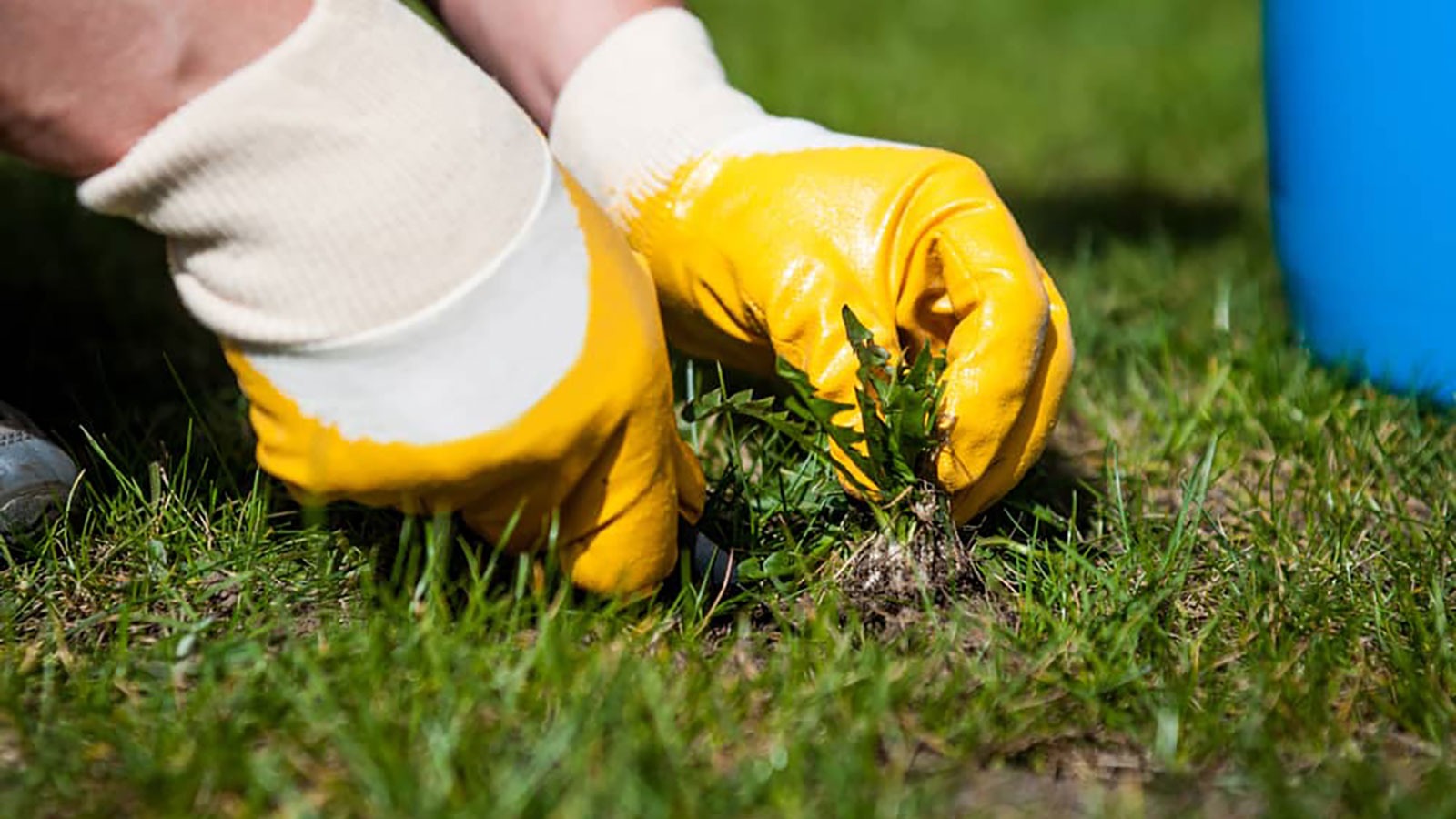
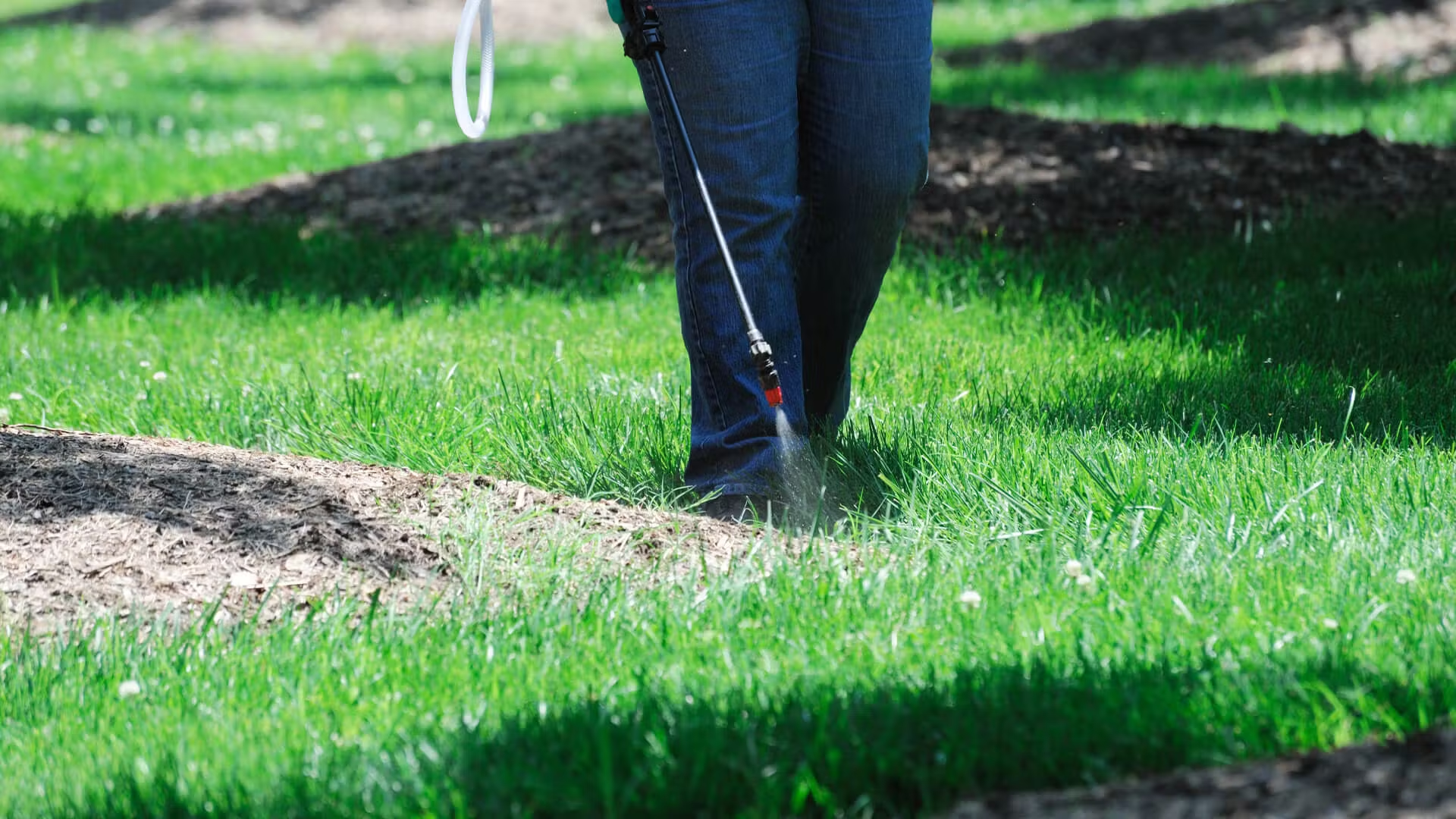
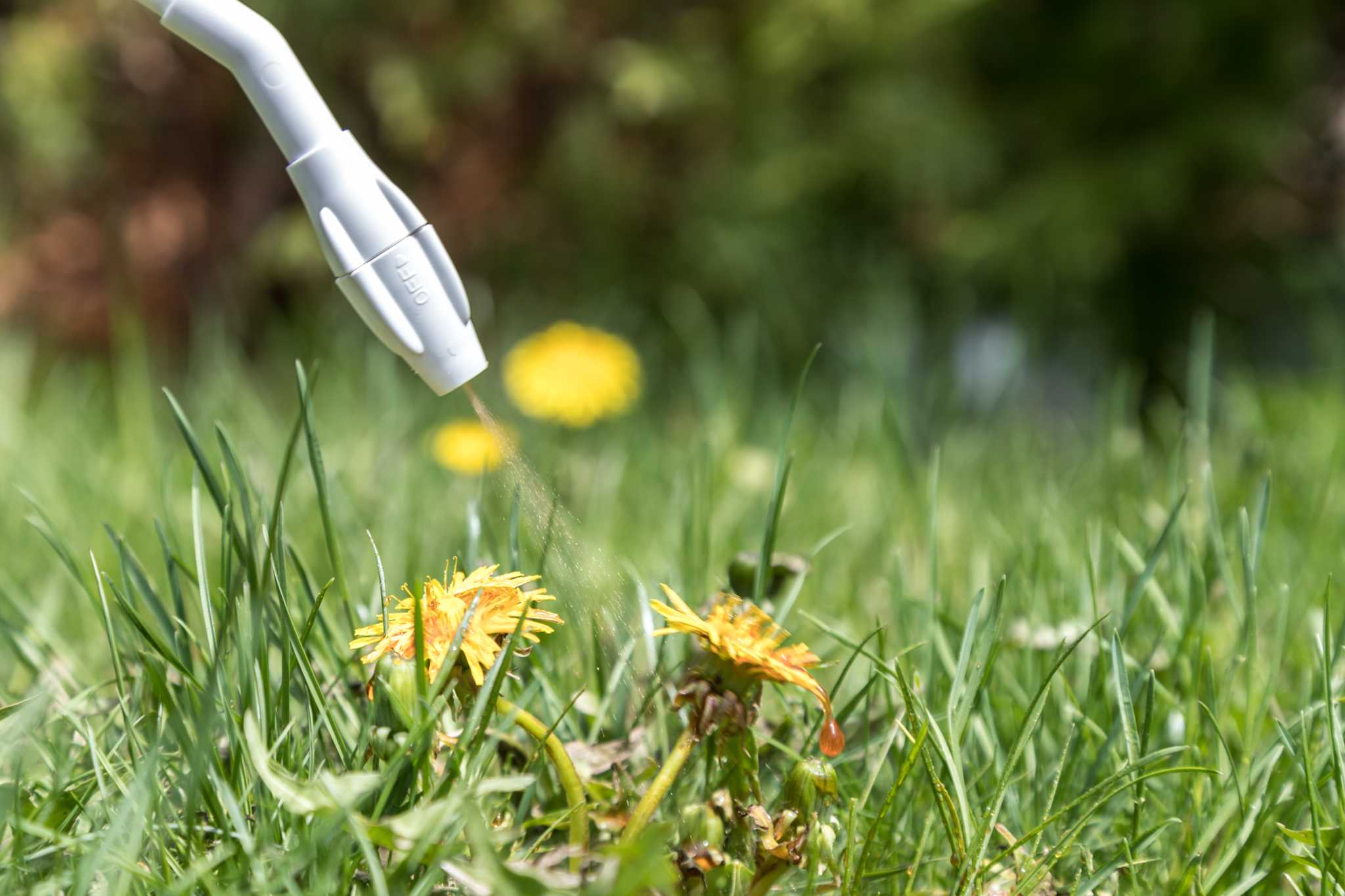
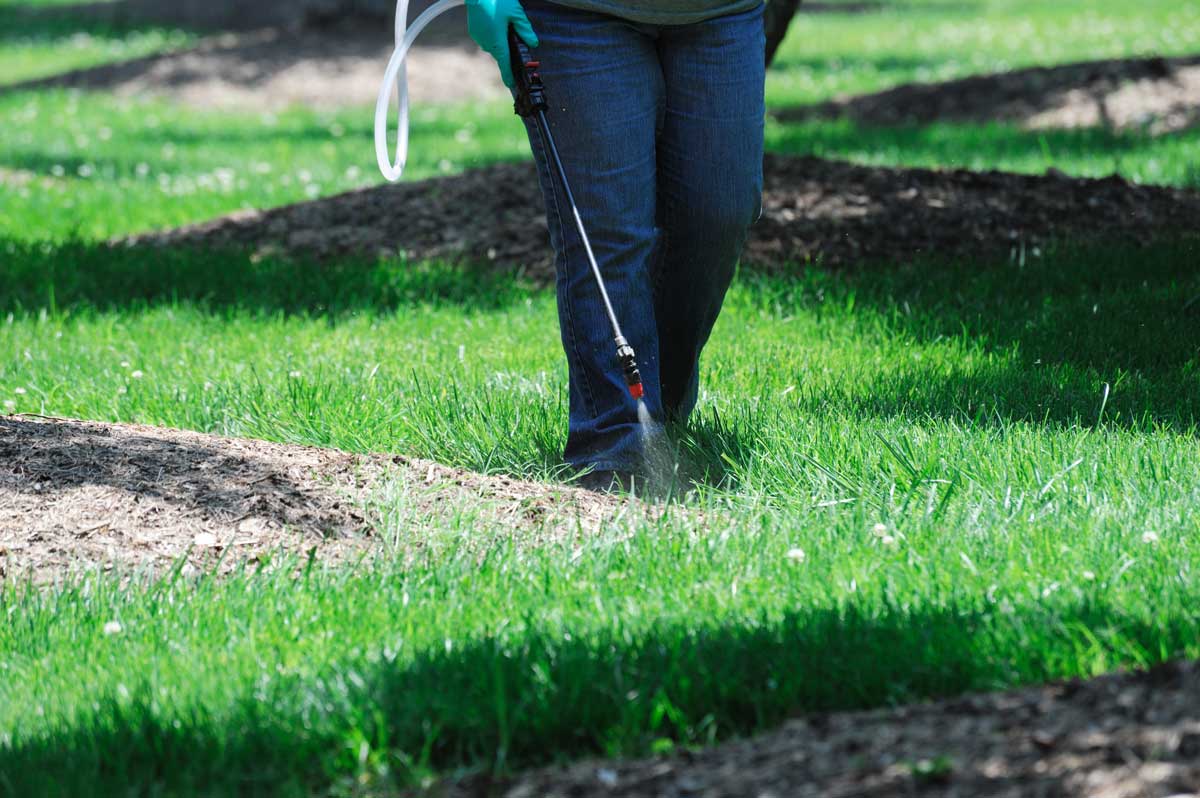
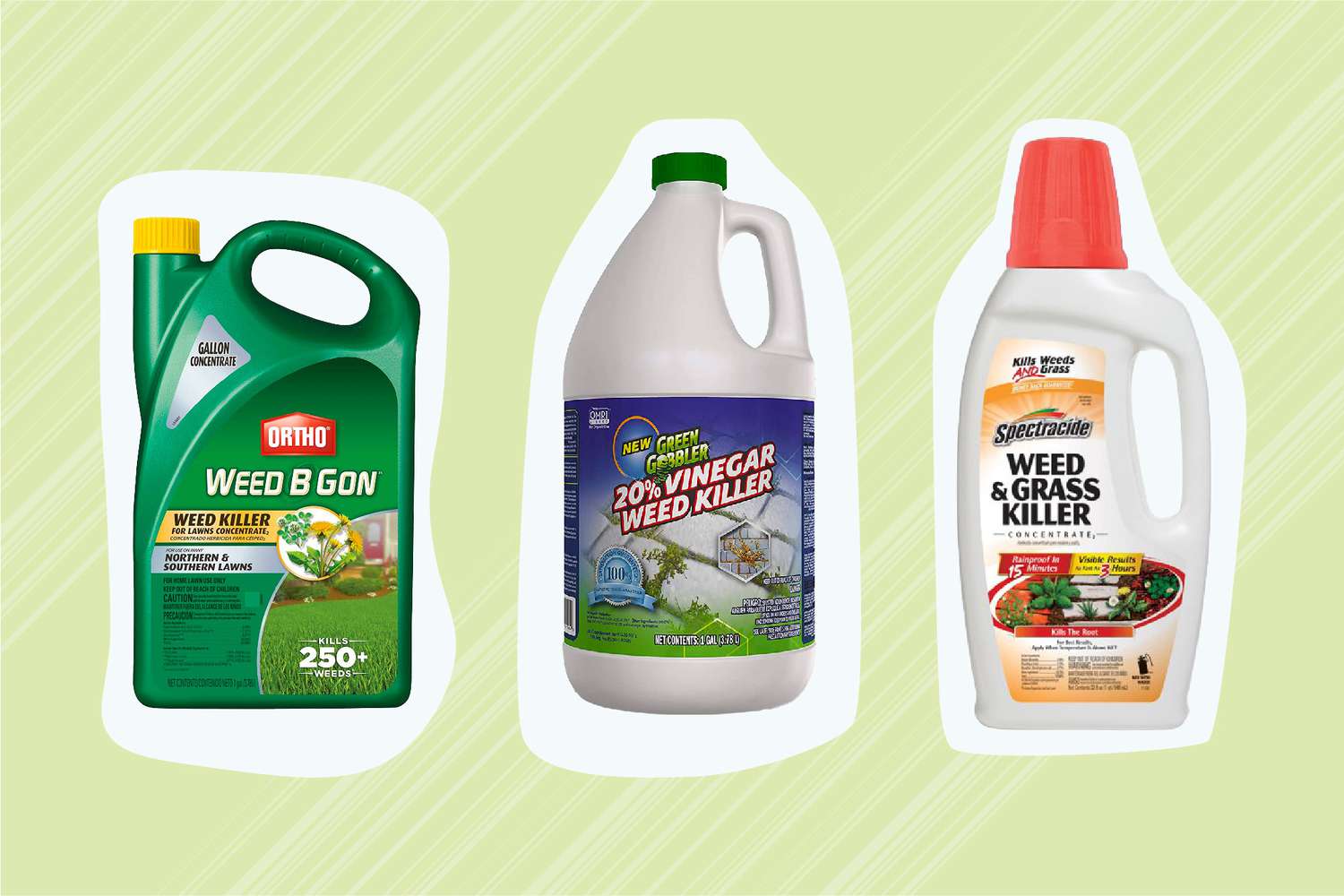
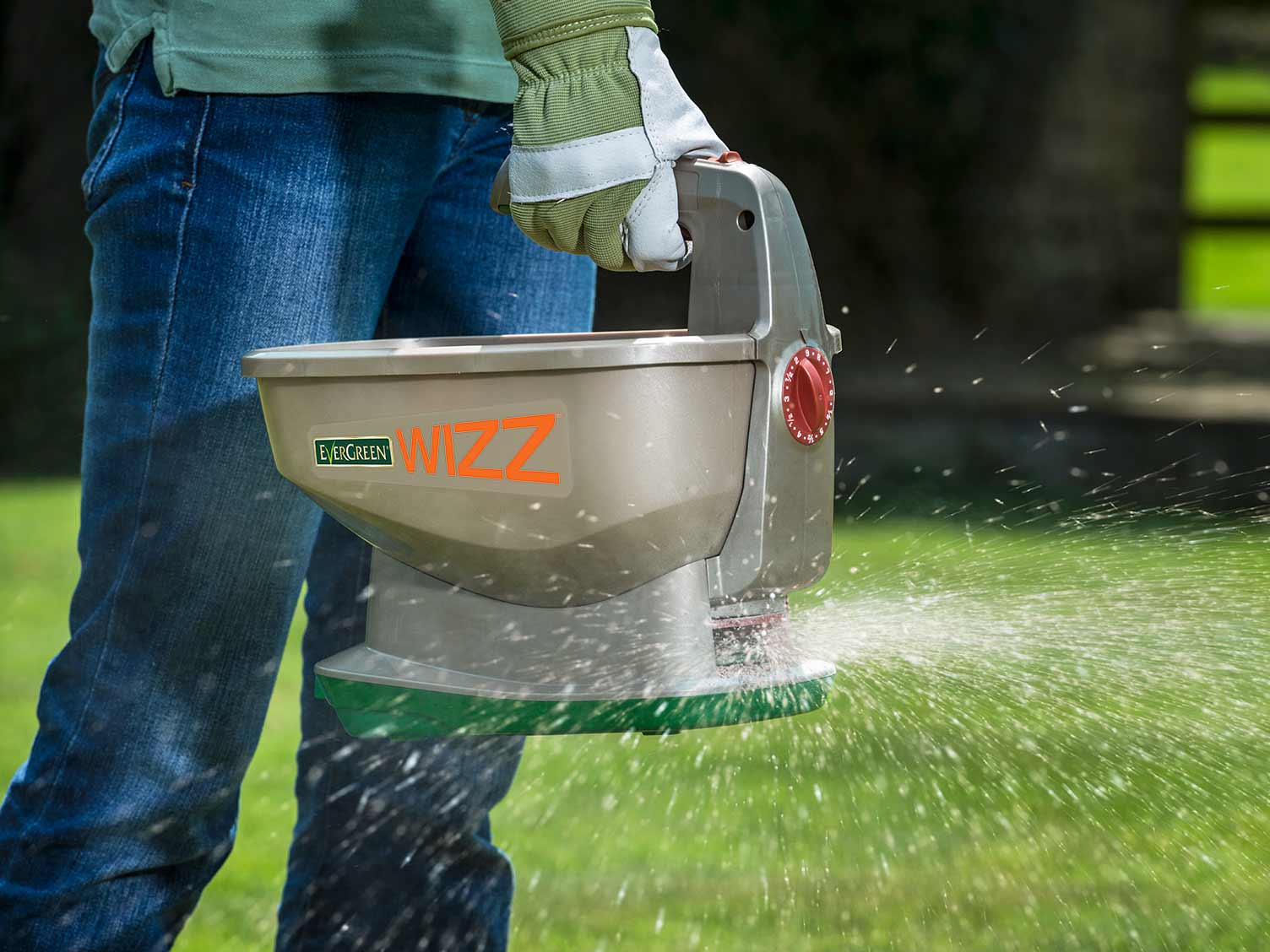
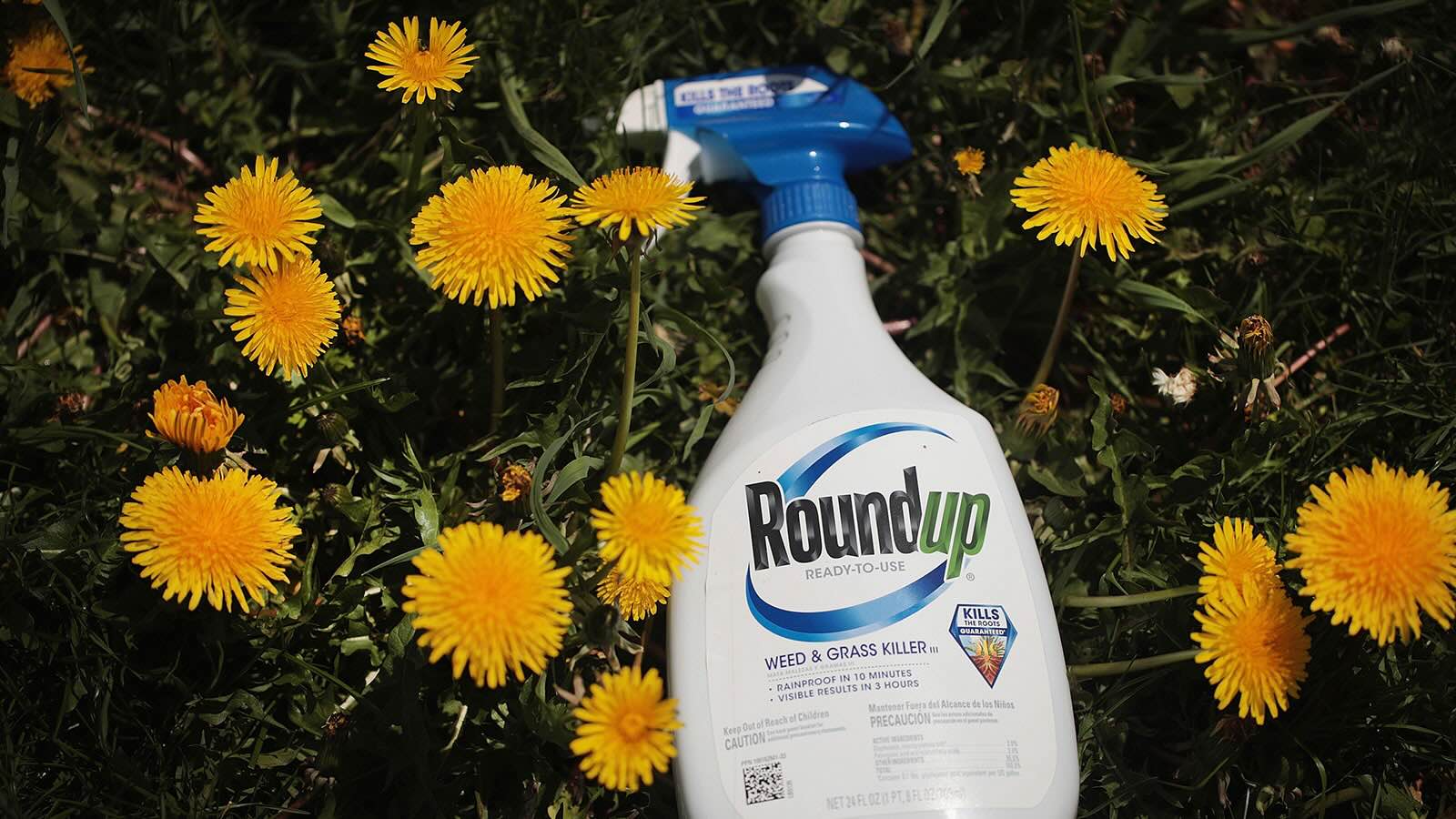
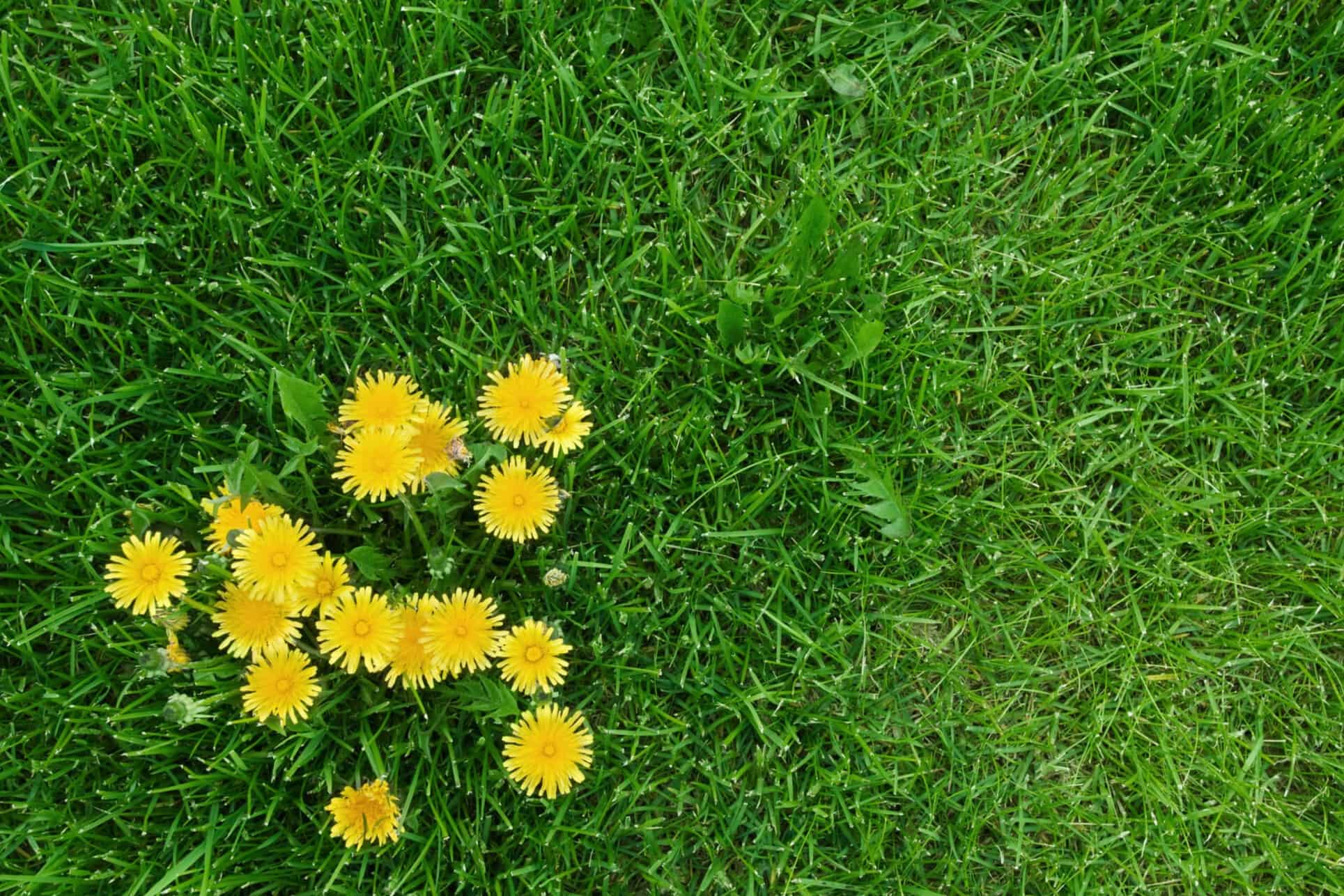
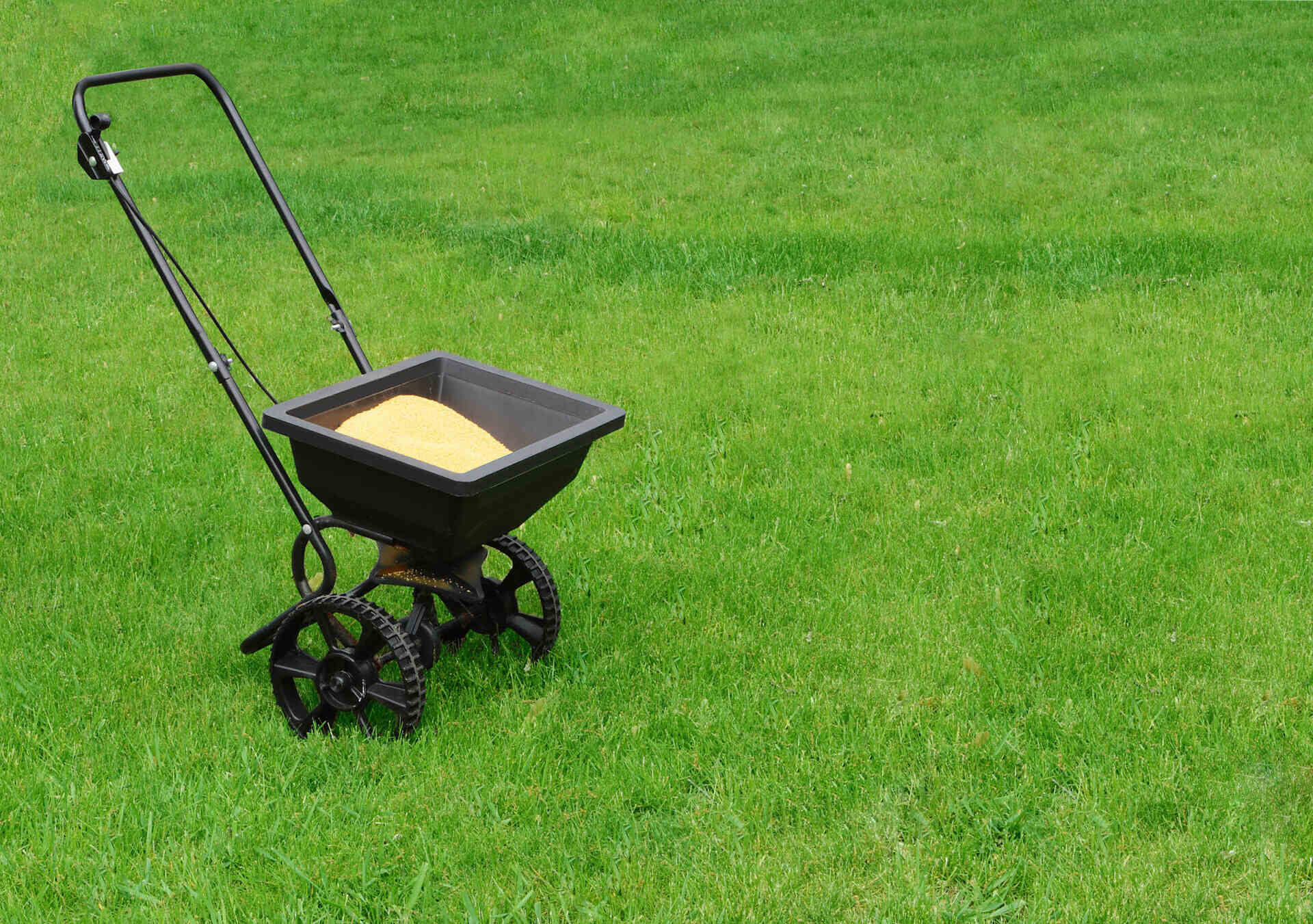

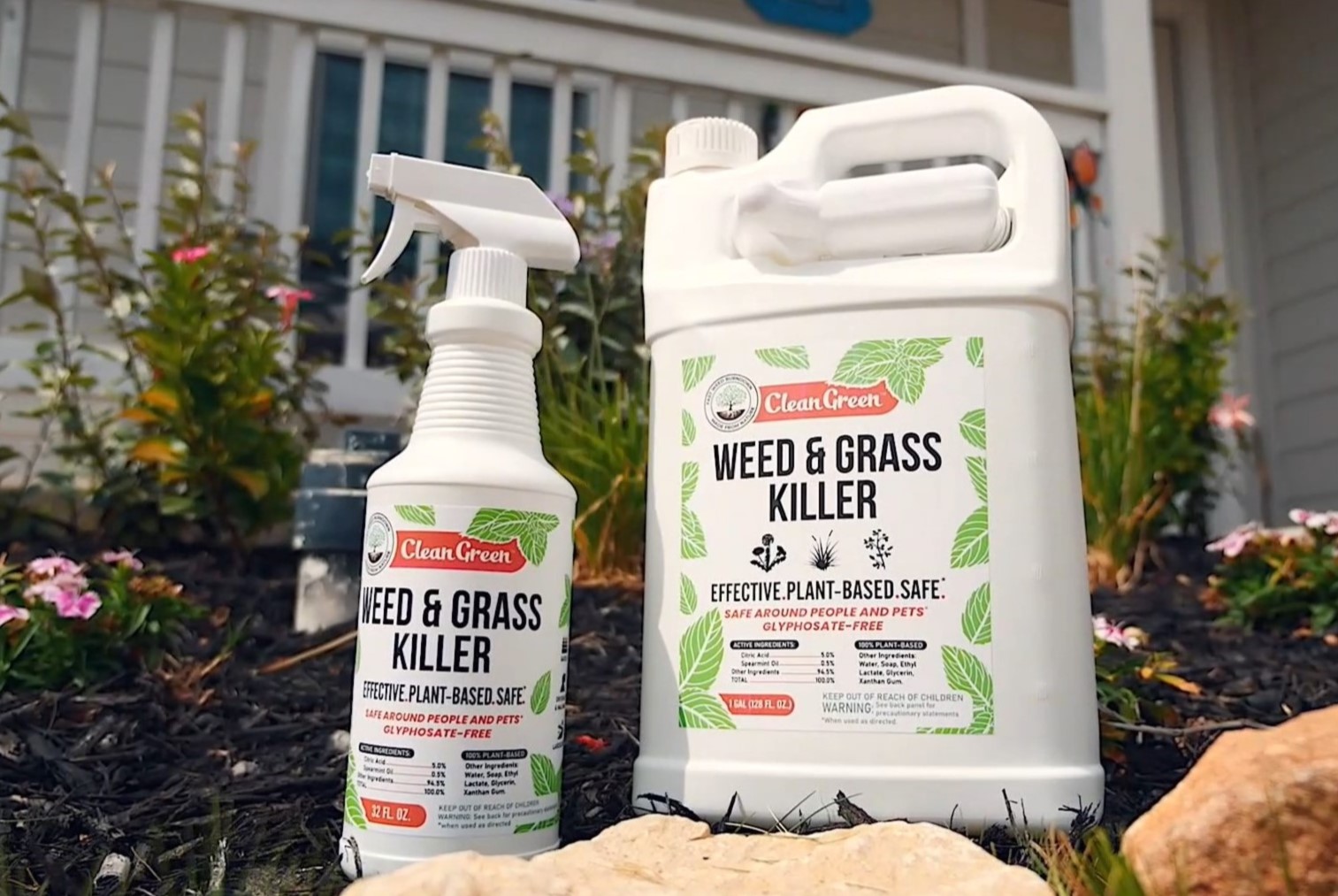
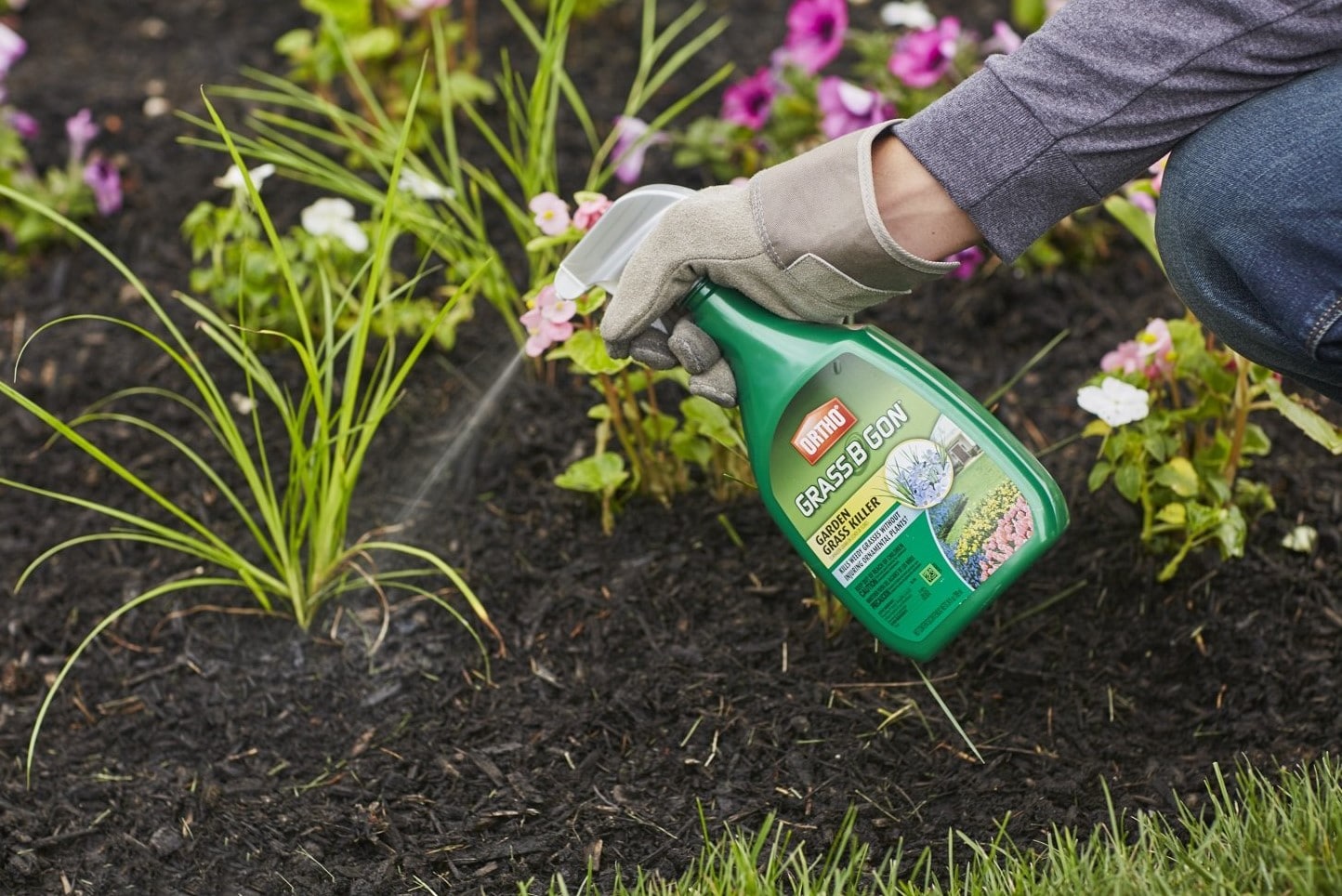
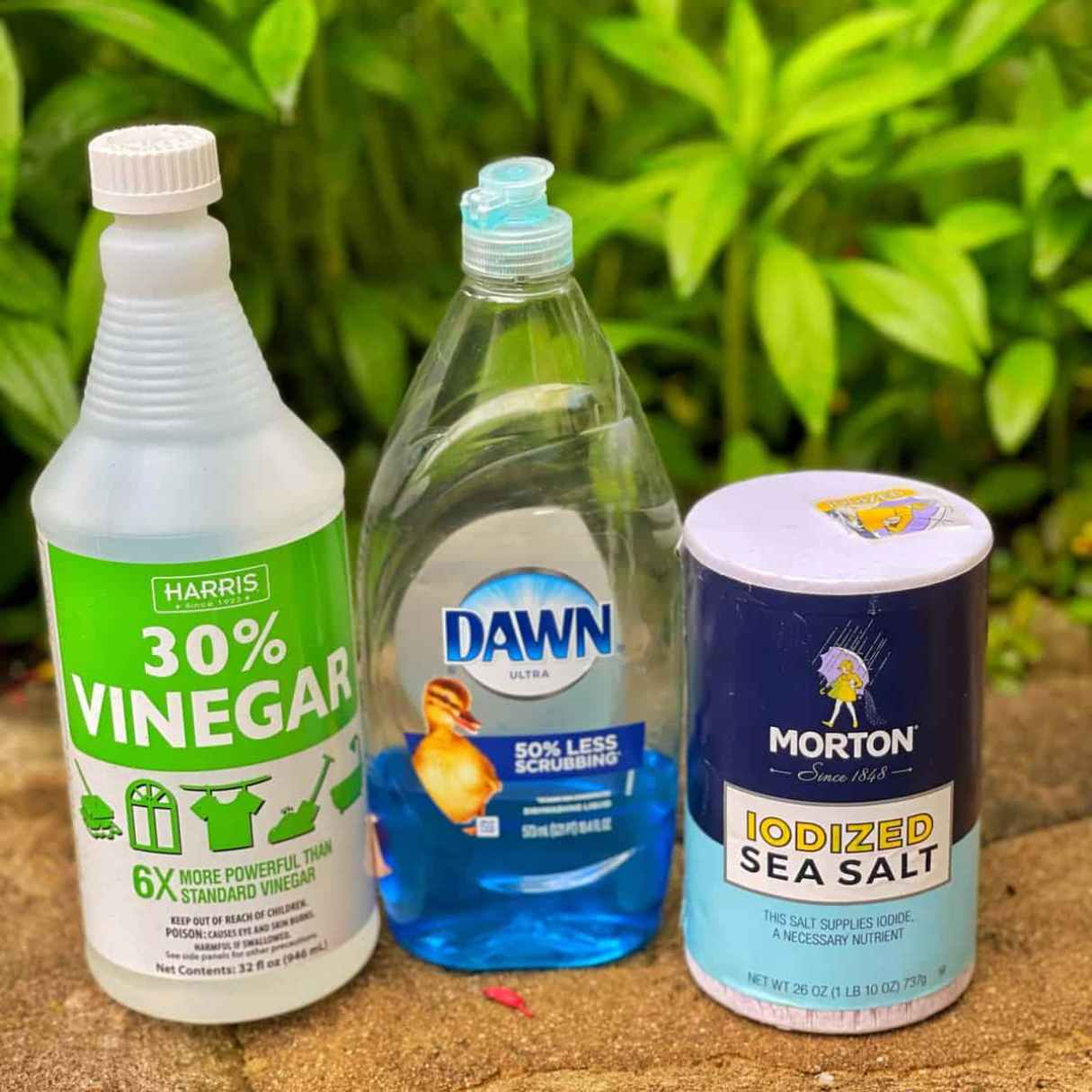
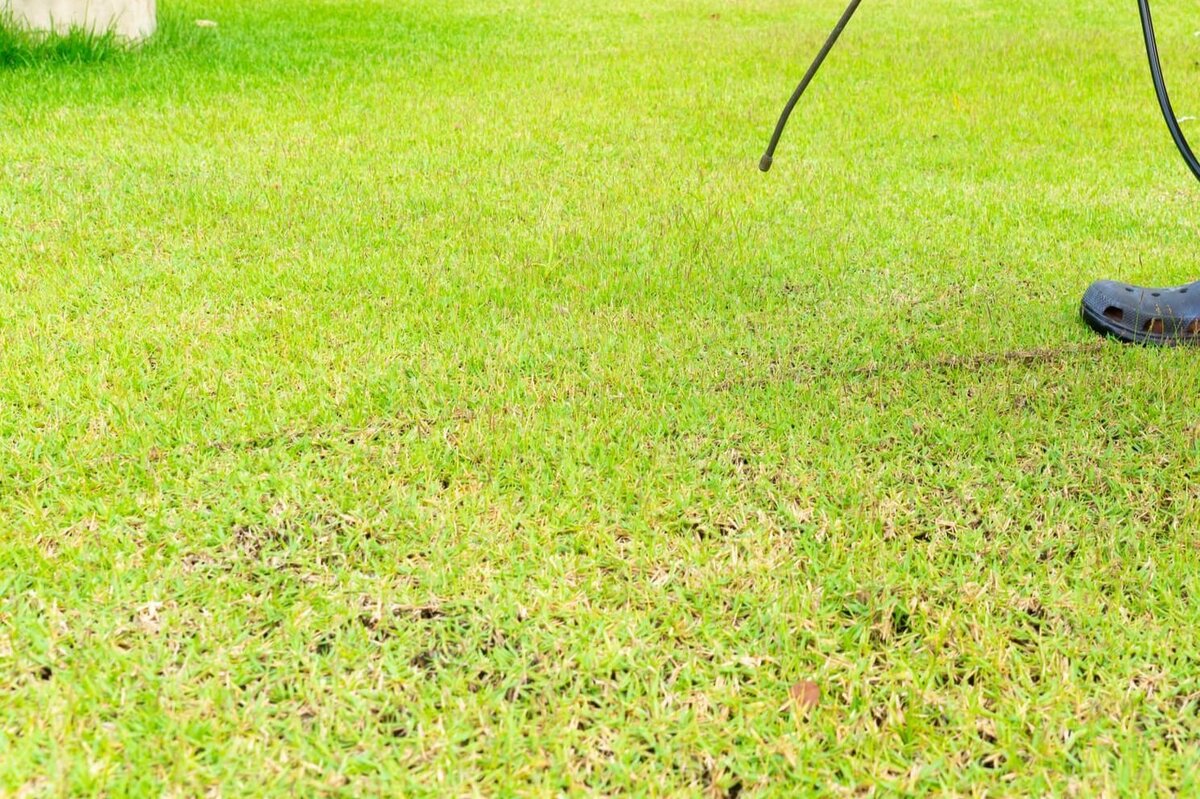

0 thoughts on “How Long After Weed Killer To Plant Grass Seed”